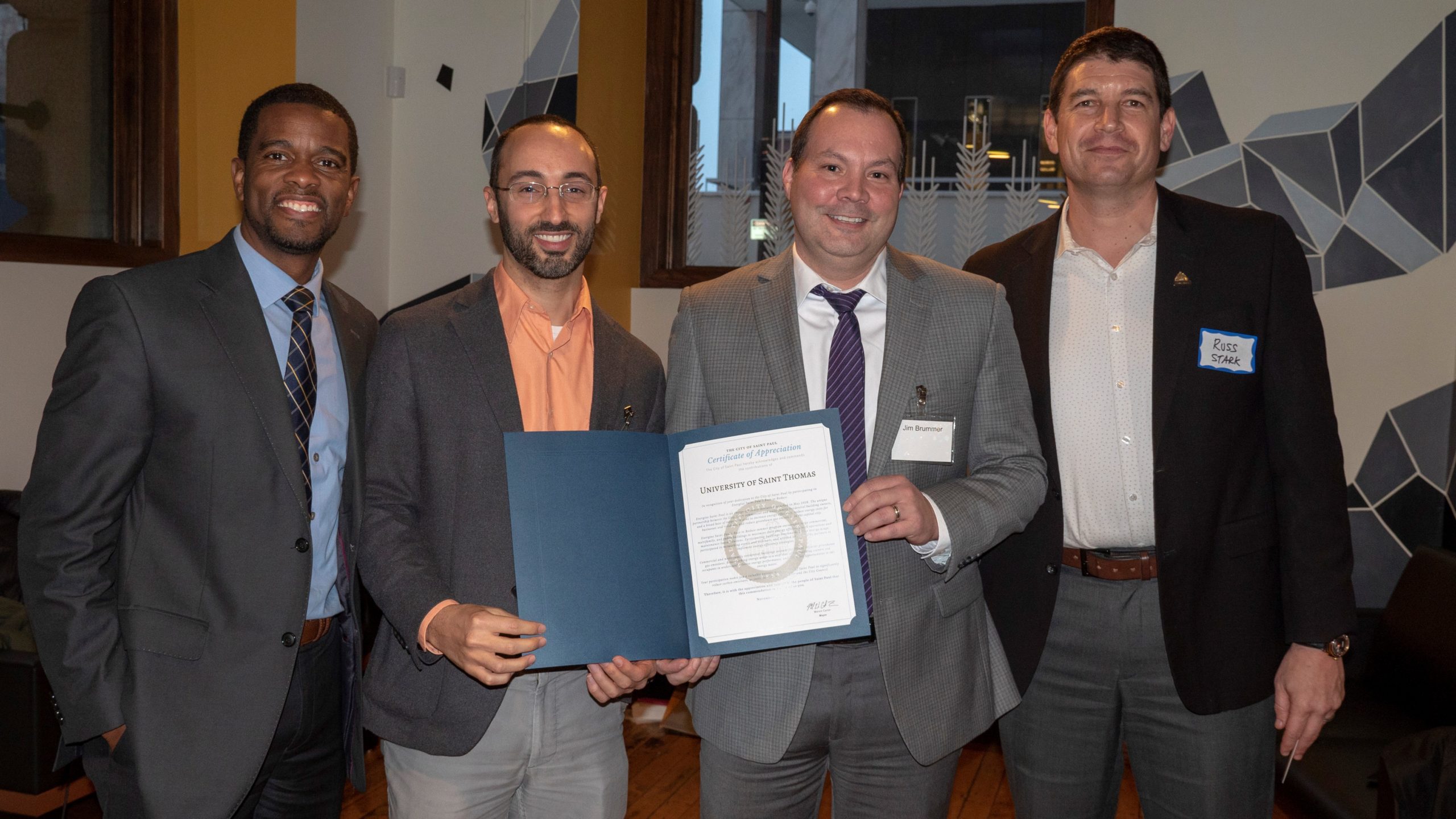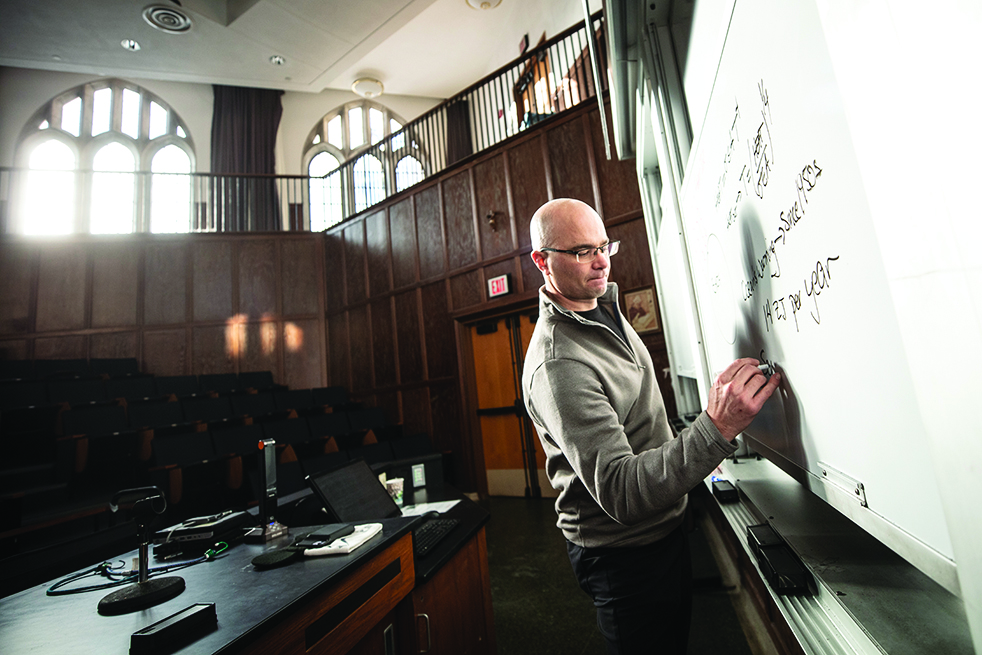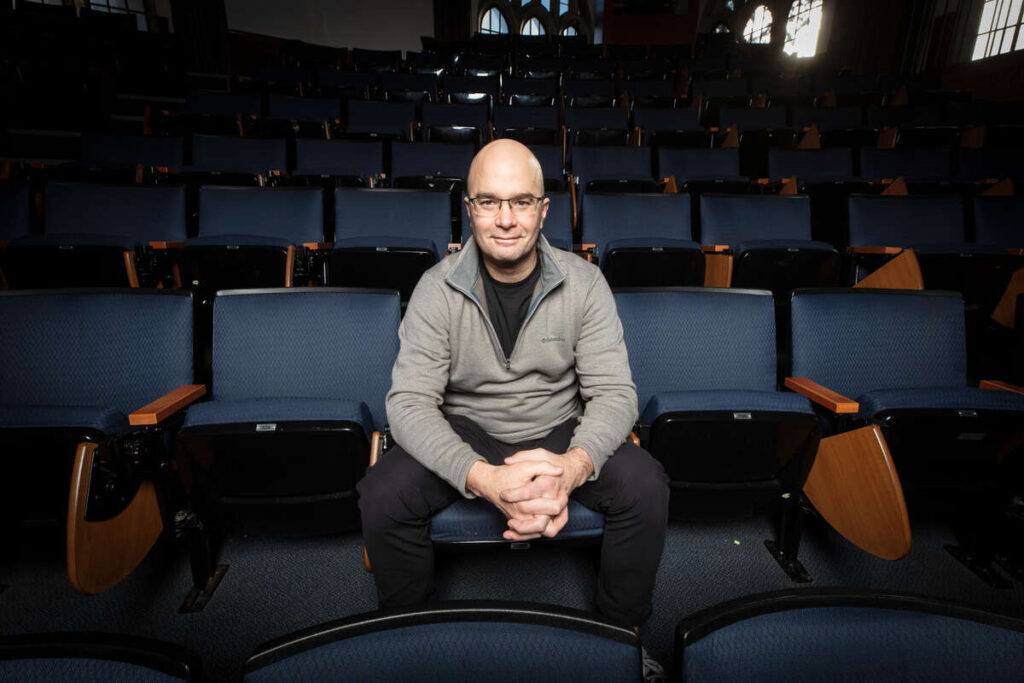On Thursday, Nov. 29, Mayor Melvin Carter commended participants of Energize Saint Paul’s Race to Reduce energy benchmarking program. St. Thomas was recognized for its work through facilities management, which has been a key contributor to the university's evolving efforts around sustainability.
“We are honored to receive this recognition from the Mayor of St. Paul," said Jim Brummer, Associate Vice President of Facilities Management. "The city’s ‘Race to Reduce’ aligns with the university’s commitment to achieving carbon neutrality by 2035. St. Thomas tracks annual energy use in our buildings and pursues energy efficiency investments in order to realize operational cost savings and reduce our carbon footprint.”
“Climate change demands our urgent and collective attention,” St. Paul Mayor Melvin Carter said. “The broad partnership in the Race to Reduce challenge illustrates Saint Paul’s unified commitment to radically reduce energy use in our buildings. We are thankful for the bold actions of our partners – their continued efforts ensure a more sustainable, cleaner and resilient city that works for all of us.”
Energize Saint Paul’s Race to Reduce summer program encouraged large commercial, multifamily, and public buildings to maximize their energy efficiency with operations and maintenance-based solutions. More than 100 buildings benchmarked their energy usage, participated in networking events and webinars, and utilized tips from City partners to implement energy efficiency strategies.
Commercial and multi-family residential buildings account for 35 percent of citywide greenhouse gas emissions. Benchmarking energy usage is a step that allows building owners and occupants to understand relative energy performance, and identifies opportunities to cut energy waste.







